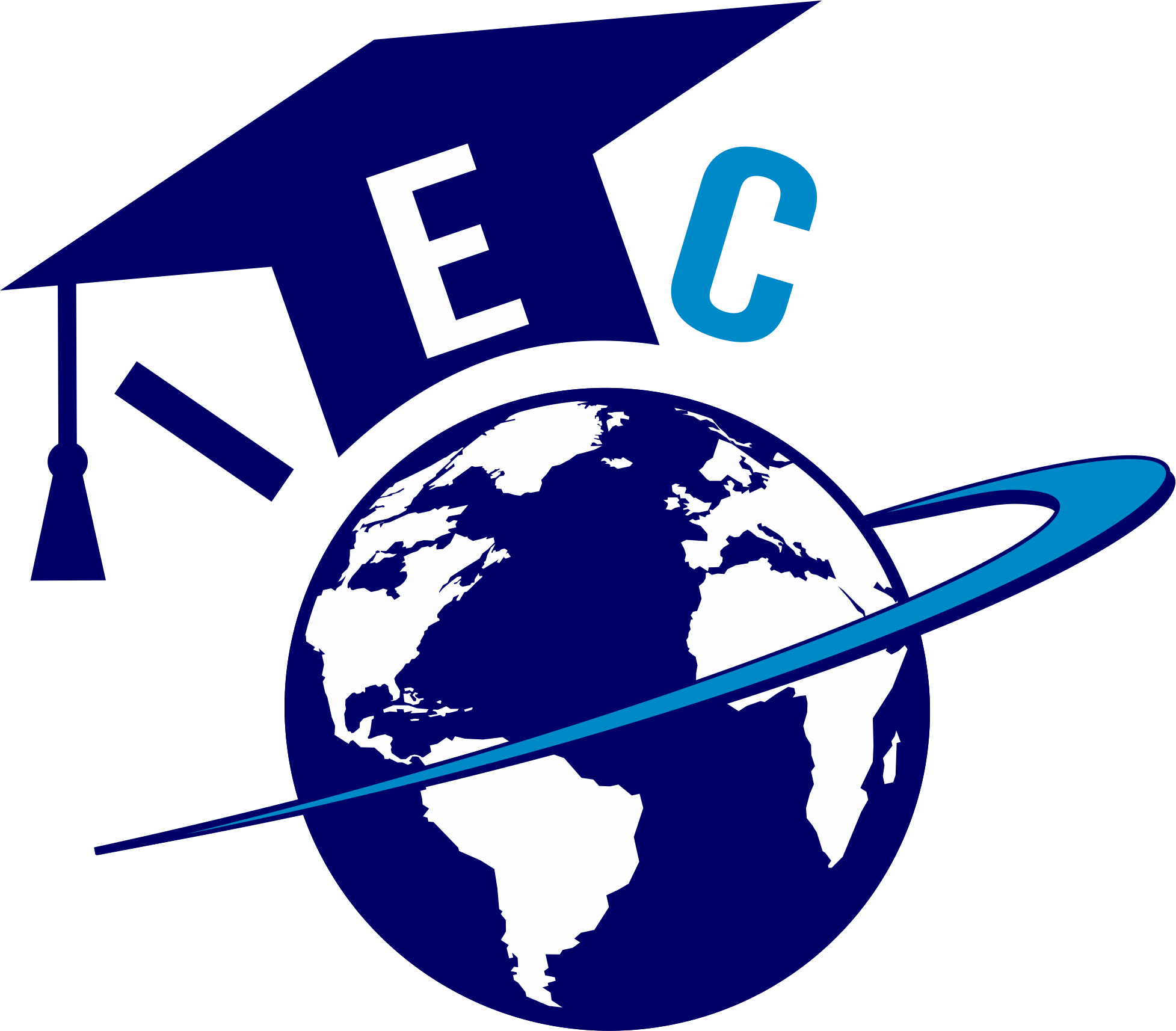Short Term Work Permit Exemption

Short Term Work Permit Exemption
Canada is a sought-after immigration destination for many foreign professionals. The state is characterized by a strong economy, high levels of security, competitive salaries and many opportunities for professional growth and development. To work in Canadian territory, most applicants require a Work Permit, a document issued by Canadian government officials that allows a foreigner to legally work in the country. As a rule, the right to work for temporary workers is granted for no more than 4 years. Working in Canada provides a foreigner with the opportunity to obtain permanent residence and further citizenship. However, not all people want to immigrate or live in the country permanently. We live in a globalized world and individuals collaborate with each other, so travelling implies not only for touristic purposes but for business as well. What if you are invited to a professional event that will affect your networking or you need to collect information that is available only in Canada. For these purposes, the Canadian government issues short term work permit exemptions. This article will discuss the process and conditions under which an applicant is eligible to obtain a short term work permit.
Immigration, Refugees and Citizenship (IRCC) Canada launched the Global Skills Strategy project in June 2017. Its goal is to help companies that urgently need talented people to expand their business. The Global Skills Strategy program shortens the time for an expatriate employee who needs to wait for a work permit. Decisions on this are made within two weeks, not many months. The program also facilitates entry for the newcomers’ families, which is why it has introduced short term work permit exemptions. The GSS also presents some privileges for individual professions. An applicant must be eligible for the program. Therefore, an application must be sent outside Canada and the applicant’s position must be either on managerial (type 0) or professional (type A) levels, according to National Occupational Classification (NOC).
The NOC is the Canadian job-related classification system, used to characterize occupations and their requirements, such as compulsory skills and obligatory education. Large number of Canada's immigration programs work with this system to decide occupational criteria. The NOC system also helps foreigners wishing to immigrate to Canada to correctly determine which category their speciality belongs to and correctly assess their compliance with the criteria. Each class of specialities has its own meaning 0, A, B, C and D, and is divided into groups, categories and subcategories with its own unique code. Type 0 implies managerial jobs (e.g. restaurant managers, executives, shore captains), while category A stands for jobs that require a university degree (e.g. doctors, architects, engineers). Level B signifies technical jobs that require a college diploma (e.g. plumbers and cookers); C is for the workers with secondary education and/or diplomas or certificates of vocational courses and training (for instance, butchers, truck drivers, etc.) and the D category is intended for people with professional skills acquired at work (e.g. cleaning staff, assembly line workers). An applicant with qualifications 0 and A are allowed to apply for short term work permit exemption.
An additional requirement for applying through GSS is that an employer must pay the fee for a foreign worker and upload his or her job offer on the Employer Portal. The hiring party should provide details about a job explaining why a foreigner is the one who should take this position and come to work in Canada. The offer must be accurate and highlight the duration of the work that is to be done (start and end dates). This is a crucial point because a short term work permit exemption can be given only for a particular period and an employer must provide an applicant with the evidence, so the officers will be sure that a foreigner is not staying in Canada for more than it is expected.
Under GSS, short term work permit exemptions apply only to two groups of people: highly skilled professionals and researchers. The first category includes levels 0 and A following National Occupational Classification. An applicant for a short term work permit exemption must check his or her job position with NOC. This could be done on an official website. NOC is a hierarchical structure of professional groups, where each digit of the four-digit number has a specific meaning. In addition, it also uses the letters ABCD to indicate the level of training or qualifications. Each profession has its own four-digit code. Every group of related professions has a similar code (initial 2 digits), but depending on the required level of education, skills and specialization, subsequent numbers will change.
Usually, immigrants do not know the four-digit profession code, and if you are one of them, then the easiest way to find out the equivalent of your profession in the Canadian labour market is to enter a keyword into the search bar. The system will give you a whole list of professions associated with this term, codes and a description of each speciality (or related to it) with all the details. Also, you can enter a letter indicating the level (ABCD) to see what requirements (education, etc.) are currently imposed on the labour market in relation to a particular profession.

As it was already mentioned, high skilled workers can obtain a short term work permit exemption only for 15 or 30 days. A foreign national gets 15 working days if a person did not receive an exemption during the last 6 months. Also, it is possible to get a permit for 30 days given that an individual has not been conceded an exception under the public approach working with section into Canada for momentary work over the most year. Outside nationals are permitted to exit and return to Canada at the endorsed period (15 or 30 sequential long periods) of work under the exemption. Nonetheless, the approved work time frame starts on the date the exclusion is conceded and is tallied continuously, whether or not the individual is really working in Canada. The renewal process of short term work permit exemption is available only if 6 months pass when a 15-day work permit exemption ends and 12 months for a 30-day residence. If an individual intends to work for several employers, then he or she must provide evidence to the officers that an applicant’s job position responds to NOC classification in the form of a job offer or a contract.
Another category that is free from the responsibility of getting a short term work permit is the researchers. Eligible individuals from this group are allowed to get 120 days as a short term work permit exemption. Nevertheless, the number of days cannot exceed 120, the count begins on the day when the exemption was issued. Researchers must work at a Canadian, freely financed, degree-giving organization or its partnered research establishment. Besides, an applicant is eligible only if he or she did not apply for an exemption 1 year before the application date. Also, an individual has to fulfil his or her duties as a researcher and there should be evidence of the job position that explains the purpose, the position and duration in detail. Thus, the officers would make sure that a foreigner is not going to defy the law by working on a different NOC level or position. The main purpose of this short term work permit exemption is to engage international academics to participate in various studies that are usually initiated by universities or affiliated organizations. However, before an applicant enters the country officers will assess his qualifications and relatability to the studies. As evidence, researchers must bring their job offers and diplomas or certificates. International workers may apply for renewal but they should guarantee that a certain amount of time has passed since their short term work permit exemption ended. For a 15 days exemption, 6 months must pass, for 30 and 120 days, it is necessary to wait for a year. If an individual needs to continue working inside Canada, then he or she should apply for a work permit. If there is more than one employer, then an applicant must provide all the information where he or she is intending to work and which positions to take, it must be followed with a letter of confirmation from the employer and a contract or a job offer.
Please note that short term work period exemption is not the same as a visa. So, except for an exemption, most individuals need to obtain a temporary resident visa (TRV) or electronic travel authorization (eTA) for representatives of some countries. If you are not sure what document you need to enter Canada, please check the list of countries provided on the official website. Citizens of the United States of America do not need eTA and can come to Canada without a visa but a passport only. If you have found that you are required to obtain a TRV, then please apply to TRV before a short term work permit exemption program. TRV collects biometrics data and may require medical examinations. Also, you will need to grant that you have enough money to stay in the country for a chosen period. The ownership of TRV does not imply that an admission Officer will allow you to enter Canada so that you will need to prove that your visit has a temporary nature and provide all the documents for your short term work permit exemption mentioned above.
If you need help with work permit or any other immigration application, please let us know and contact us.

